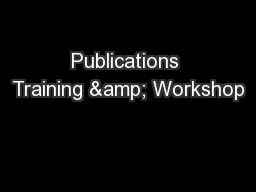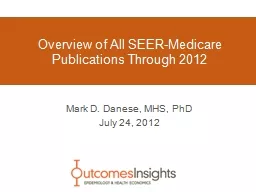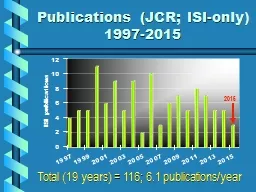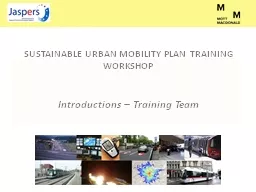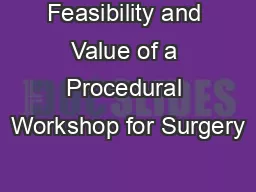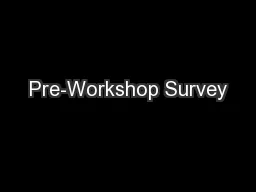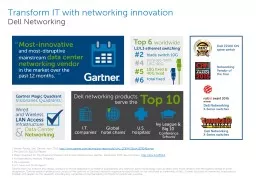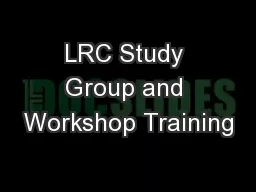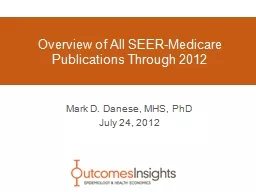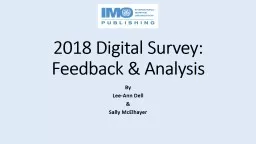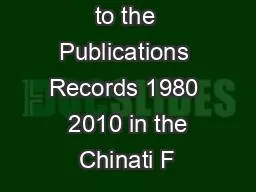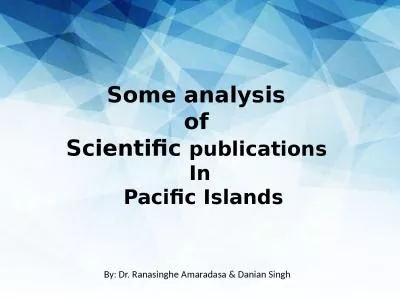PPT-Publications Training & Workshop
Author : faustina-dinatale | Published Date : 2018-10-10
Presented by The UCSD Library amp Health Sciences Research Service Core RSC October 12 2017 1 Jill I Weller Training Grant Analyst X43933 jwellerucsdedu Karen
Presentation Embed Code
Download Presentation
Download Presentation The PPT/PDF document "Publications Training & Workshop" is the property of its rightful owner. Permission is granted to download and print the materials on this website for personal, non-commercial use only, and to display it on your personal computer provided you do not modify the materials and that you retain all copyright notices contained in the materials. By downloading content from our website, you accept the terms of this agreement.
Publications Training & Workshop: Transcript
Download Rules Of Document
"Publications Training & Workshop"The content belongs to its owner. You may download and print it for personal use, without modification, and keep all copyright notices. By downloading, you agree to these terms.
Related Documents

